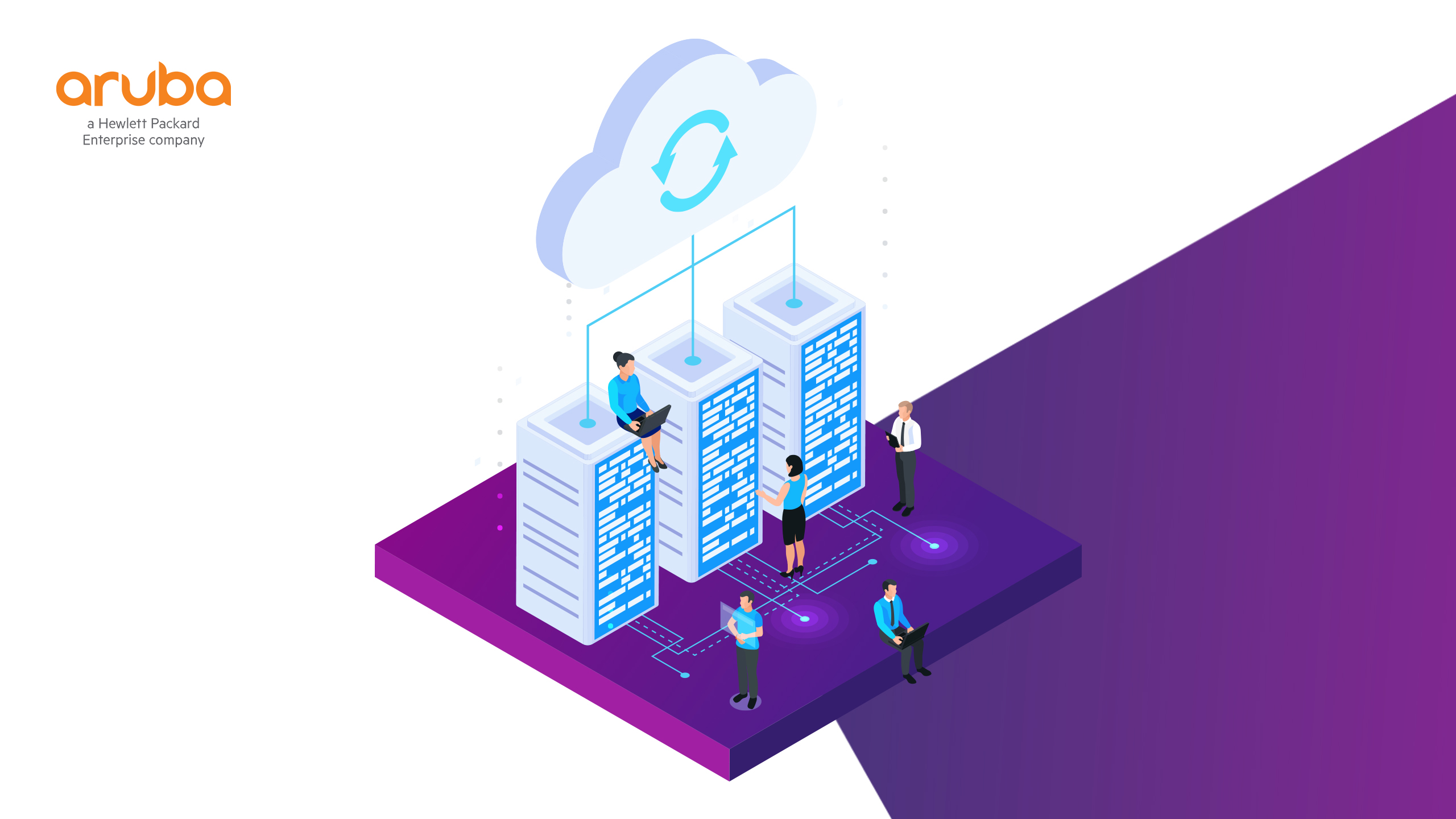When the network goes down, everything stops. For some companies, a few minutes of downtime doesn't impact their operations that much. For others, including those whose business depends on a customer-facing website, a few minutes of downtime means lost revenue and possibly lost customers.
It is essential for these companies to design a network that remains active despite a component failure.
Companies in which even brief downtime has an important effect must add equipment and hire redundant services. But adding network redundancy increases cost and complexity.
Each company should consider offsetting the costs of downtime against the cost of adding devices and services.
Below are six factors that network teams should evaluate when building their network redundancy projects.
1. Switches and routers
Switches and routers are pretty reliable, but sometimes they fail. Some organizations think it's enough to keep an extra switch or router on the shelf so they can quickly replace a failed unit.
Organizations with more critical needs should have redundant equipment installed and running on the network.
2. Network protocols
Network standards organizations have developed network protocols that provide a quick switch to backup devices when a failure occurs. Adding redundancy at layer 2 requires teams to connect more than a single switch to each subnet segment.
Newer protocols have been developed to support faster recovery. Network teams creating redundancy projects and requiring faster recovery should determine which option works best for their network.
3. Subnet connections
The next step in adding redundancy is to connect subnets. Again, it is necessary to provide several paths between the subnets.
Routers connect the subnets in a network and to external destinations. Each subnet must be connected to several routers to provide redundancy. Protocols such as Open Shortest Path First (OSPF) and Enhanced Interior Gateway Routing Protocol (EIGRP) define how routers inform each other about the current optimal path to each destination.
4. Backup
A disk failure that results in data loss can paralyze a company. A daily backup is enough for some organizations, while others can't accept a day's data loss and the time it takes to recover.
RAID protects against the failure of a single disk. Various levels of protection are available. Each data item can be written to two different disks.
Higher levels of protection define ways to add additional disks and parity information, which allows teams to recover the correct data in the event that two disks that should contain identical data are different.
In addition, continuous cloud backup has advantages over higher RAID levels because sending every data update to the cloud means that no data is lost.
The individual RAID disks are installed in a single cabinet, which means that damage to that cabinet can wipe out all the individual disks. Meanwhile, it is still necessary to back up the array periodically, but data accumulated after the most recent backup will still be lost.
5. Processors
Processors can fail like other components, so it's important to consider them in network redundancy projects.
In addition to the possibility of failure, processors must be regularly updated with the latest version of the system software. Organizations need to have enough extra processing resources to ensure continuous network operation.
Moving all processing and storage to a public cloud can simplify the task of designing in redundancy. Clouds have many processors and storage units, applications can be moved quickly to another processor in the event of a failure and redundant storage can be configured.
If an event shuts down an entire facility, processing can be moved to a distant location.
6. Energy
Obviously, nothing works without power, which can fail because of a storm, a pole knocked down by a car or any other reason. A backup battery can quickly take over in the event of a failure, but this option may require many backup units for large installations.
Switching to a generator takes longer, but can increase the load if the blackout lasts beyond the battery's capacity. In some cases, it is also possible to connect to two circuits from different suppliers to survive wire damage along one of the supplier's routes.
Adding redundancy increases expense and complexity. Network architects should not design in more network redundancy than necessary, but neither should they design in less than necessary, as even a small interruption can mean success or failure for the company.
About Conversys
Conversys IT Solutions is a provider of Information and Communication Technology services and solutions operating throughout Brazil.
With a highly qualified technical and commercial team and a network of partners that includes the main global technology manufacturers, Conversys IT Solutions is able to deliver customized IT and Telecom Infrastructure solutions to clients.
We invest in our employees and partners and strive for a long-lasting relationship with our clients, because we believe that this is how we gain the skills and knowledge we need to innovate and generate value for the businesses in which we operate.
